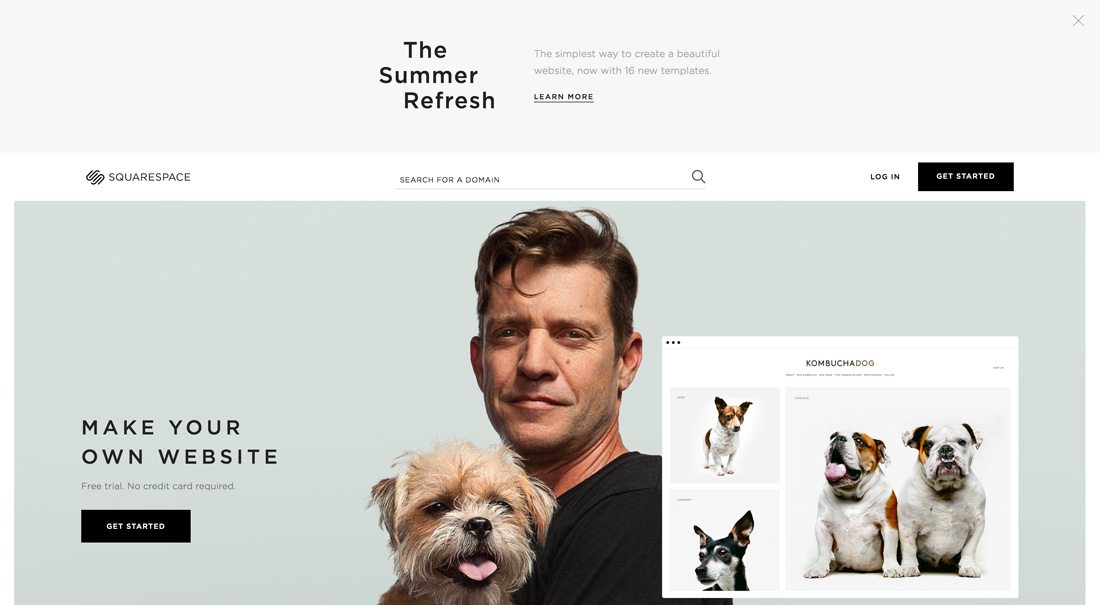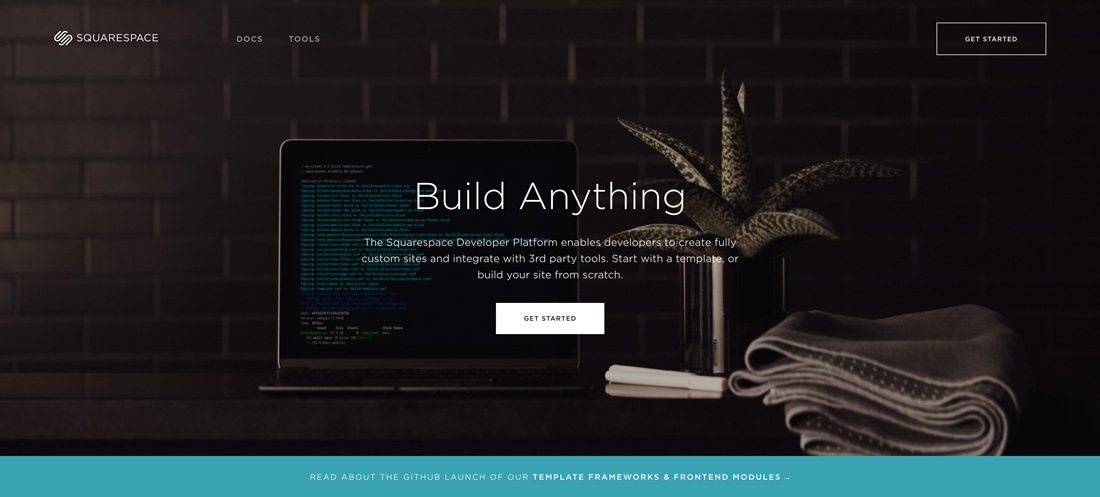5 Tips for Working With Squarespace as a Designer
Squarespace isn’t just for non-designers and small business owners. Regardless of your skill level, the platform can be a quick and easy way to get a site online in a hurry. The website builder is packed with tools and integrations so that everything you need is right there from the start.
But the biggest complaint from designers is that while the templates look good, there’s just not enough flexibility. You just have to dig a little deeper. Squarepsace offers options so that more advanced designers and developers can do even more with the tool.
1. Add Custom HTML

Almost any website builder allows users to edit and add custom HTML to the design. Squarespace is no different.
These advanced customizations are pretty easy if you have coding knowledge, which Squarespace notes is very important before you make adjustments. The Squarespace builder actually changes the site’s CSS as you make changes in the visual editor. That includes and code blocks. (So, errant code could make it blow up if you aren’t careful.)
What’s nice is that code changes go beyond simple color or font modifications. Users can add HTML code blocks almost anywhere in the design, make universal changes to the CSS using the CSS editor, insert JavaScript with the code injection tool and even display raw code as plain text using the code block with the “display source” option.
2. Dig Into Template Files
Did you know you can access template files and even build a custom template from scratch? A lot of users don’t know that Squarespace has a platform for advanced users to really make something different and completely custom on the website builder.
You can edit markup, styles and scripts using whatever tools you like. You can even build a custom template or website that lives in Squarespace hosting.
All the files you need to get started are available, including a clone based template from Github, NPM install dependencies, and the ability to install a local development server before you deploy a site.
The create your own template option is great for developers and designers that want to work with Squarespace (or have a client that wants a Squarespace site) while maintaining the independence that comes with creating something from scratch. It’s a great option and gives you all the design flexibility you need.
3. Use the Developer Platform

Template file access isn’t the only tool in the Squarespace Developer Platform. If you are serious about building something totally from scratch, this is the place to start.
The developer platform allows designers to create a completely custom site from scratch and use third-party tools. The platform includes a local development server, toolbelt, core JavaScript API and more.
Designers get full code control, access to all the Git repositories, a simple template language (JSON-template), a strong host infrastructure, built-in CDN that reduces load times and a robust backend site manager (that can be deployed to clients).
There are a lot of big brands using Squarespace sites, such as John Malkovich Fashion (above). Did you stop to think about the fact that they don’t look like the template? Custom development has a lot to do with it, and the platform is available to any user that wants to create a truly custom design on the Squarespace platform.
4. Use the Templates
There’s actually a lot of value in starting with a website builder template.
It can save time and help you think about design problems in a new way. Rather than seeing a template as a design frustration, tackle it like a challenge. Use the constraints of the template to help you design something within that box.
This can be a great exercise for any designer to help stretch the creative muscles a bit. It’ll also help you think about how other designers put content and design elements together and you might discover something new.
Squarespace isn’t the only website builder available with templates and options to get started. There are plenty of others as well. (Use this comparison guide to pick the one that’s right for your projects.)
5. Use Third-Party Customizations

Build out the functionality of a Squarespace website with third party apps and customizations. Most users don’t go beyond the included toolset, but there are a lot of other elements that you can integrate with the design to make it feel yours.
Squarespace says that third-party customization is available for features and functionality that isn’t built in to the tool. Third-party apps solve this problem for a lot of designers. Most of this customization includes injecting code into a Squarespace block.
Some common third-party customizations include BeerMenus, Bloglovin’, Etsy, Eventbrite, Feedly, Google Translate, Issuu, MLS search, Apple Touch Icons, Wufoo, Zocdoc and Swiftype.
If third-party apps scare you a little – Squarespace doesn’t offer support for them – there are built-in integrations that offer a lot of similar functionality.
Conclusion
More website builders are offering developer tools to encourage more advanced users to take a look at the platforms.
Squarespace is a great tool, but it is just one of several options out there — here’s a comparison of some of the most popular choices. While not every designer loves a website builder, it can be a great option in a pinch. Plus, there are plenty of ways to add extra customization and even build a website from scratch on a platform such as Squarespace.